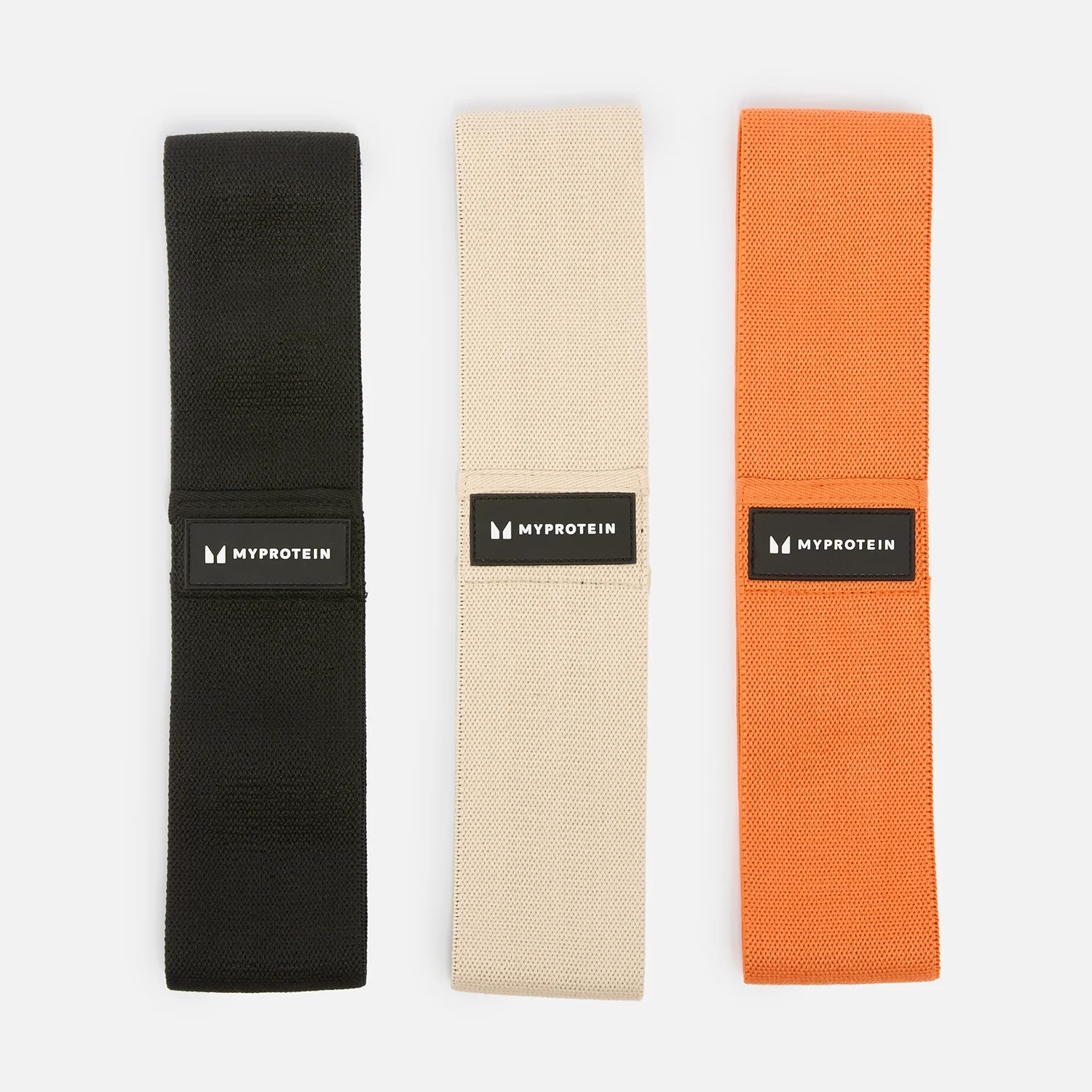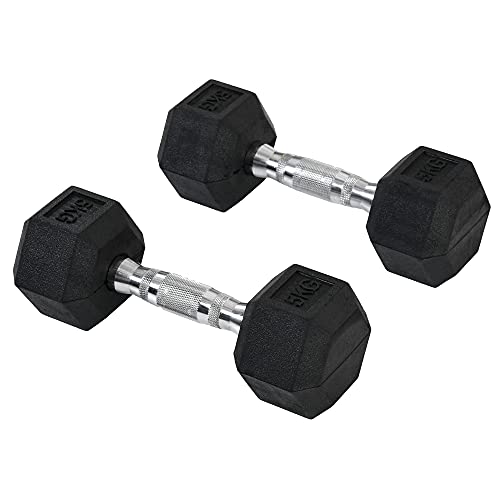How to do a squat correctly: A 3-step guide to mastering this essential strength training exercise
A squat is a strength training essential. Here, a personal trainer reveals the form and technique to perfect in and out of the gym
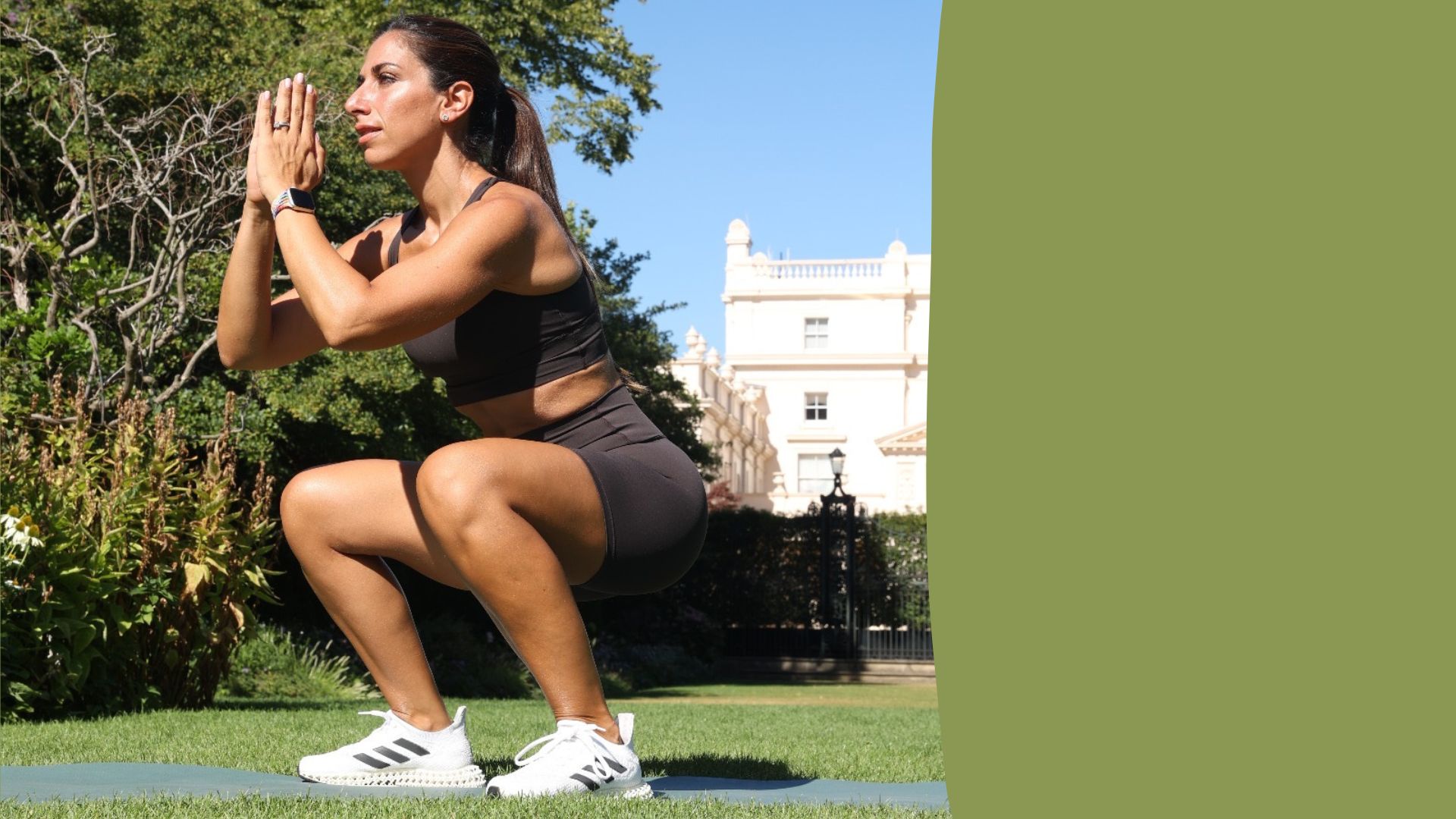

Knowing how to do a squat correctly is essential when it comes to strength training. While this move may look basic, everyone's form is slightly different and finding the position that works for you can be a bit of an experiment.
The basic squat features in many strength training programmes for women. Done with body weight, resistance bands, kettlebells, or dumbbells, or a barbell, this exercise works key muscles in the lower body, upper body, and core, while strengthening smaller muscles around them. It's a brilliant exercise (when done correctly) because it helps improve overall strength, mobility, and muscular endurance, and maintains bone density, which is particularly important for anyone approaching menopause.
As noted, the basic squat can be a hard one to get right but it's important that you do to avoid injury. As a certified fitness instructor, I've taken many people through the basics of a good squat, so alongside certified personal trainer Rachael Sacerdoti, founder of women’s wellness programme, It’s So Simple, I reveal the three necessary steps to learn how to do a squat correctly - whatever your experience, flexibility, and starting strength level.
How to do a squat correctly
1. Find your stance
After doing some mobility exercises to stretch out, you need to find your squat position. Begin by standing with your feet just wider than hip-width apart and point your toes slightly away from your body. This will help your knees follow the right path as you lower yourself towards the ground.
Hold your arms out in front of you, have your hands together, or put them down by your sides. Whatever feels most comfortable.
2. Sit down
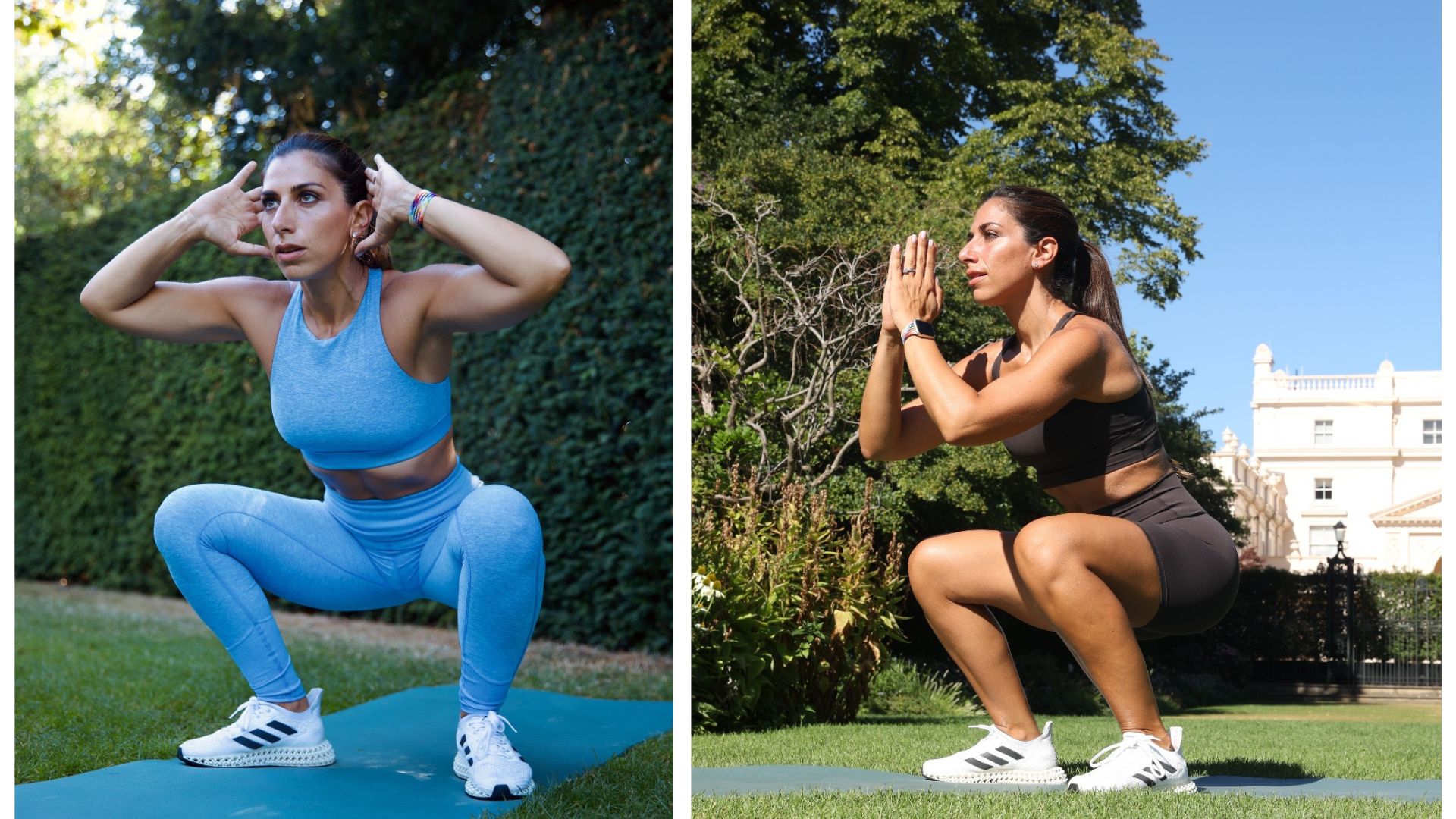
Exhale, engage your core and slowly push your hips to the back of the room. As you do, try to move your knees in line with your toes, which should be pointed slightly outwards.
Lower down until your thighs are parallel to the ground and in line with your knees like you're sitting on an invisible chair.
Sign up to our free daily email for the latest royal and entertainment news, interesting opinion, expert advice on styling and beauty trends, and no-nonsense guides to the health and wellness questions you want answered.
It might be helpful, in the early days of learning how to do a squat, to actually have a chair behind you. "Squat back to a bench to ensure proper form and control," says Sacerdoti. A chair squat is a type of squat in its own right, used in workouts like beginner Pilates and bodyweight HIIT workouts. Squatting down to touch the chair behind you can help you work out if you've gone down low enough.
3. Drive up
Flexibility and strength level will play a big role in your squat form at the beginning. "It’s what helps you master control and add depth. Limited range of motion in the hips or ankles can impede your movement and balance and increase your risk of injury," says Sacerdoti.
Those who aren't particularly flexible and those with limited strength will find a deep, narrow squat harder than a wider, shallower squat, so take your feet out wider if you need to.
If you feel tightness in your calves or ankles, limited ankle mobility may be holding you back. "Place a raised surface under your heels to deepen your squat and build mobility and strength," says the PT.
When you've reached the right-angle, or as close to it as you can get, drive through your heels as you come up to a standing position. At the bottom of the squat, you should feel stable with your weight heavy in your heels.
Try doing this a few times until you find a position that's comfortable for you and "start with bodyweight squats to master the technique before adding weights," says Sacerdoti. You should be able to reach (or almost reach) a sitting position without discomfort in your hips or ankles.
If you feel any pain anywhere while doing a squat, stop immediately and consult your doctor.
How to engage your core
Many people say that engaging your core is the position you’d make if you were pulling your belly button inwards. It's what makes the squat one of the best core exercises to do at home. Here's how to do it:
- Start by lying face-up on the ground: Knees bent and your feet flat on the floor, place your arms flat beside your body with your hands facing palm-side down on the ground.
- Press your tailbone into the ground: Your lower back will come up slightly.
- Breathe in deeply: This is essential. Once your stomach is full of air, tighten your ab muscles while keeping your tailbone pressed into the ground.
- Use your ab muscles: Pull your stomach up and inward.
- Breathe: As you engage your core, it’s important that you continue to breathe but don’t let the air out of your stomach.
- Take three to five breaths while your core is engaged: This will help you see how it should feel. Relax and try the exercise standing up. This is what you will need to do when you take your squat position.
How to add weights to your squat
Using resistance bands
When you've mastered the basics, it'll be time to do squats with some resistance. Resistance bands - stretchy, durable plastic bands - are a great way to make your squat more challenging. Resistance band exercises encourage your glutes to kick in too as your hip abductor muscle has to work to push the band out so your knees don’t turn inwards.
To do a squat as part of a resistance band leg workout, step into the band and move it up your legs until it sits just above your knees. Perform the squat as you’ve previously done, ensuring that you are pushing your knees out against the band. They can also be useful if you know how to do a push-up properly and want to make the exercise harder.
Using dumbbells
Dumbells are versatile, coming in many shapes and sizes, and using them during a squat tends to recruit more of the upper body muscles, including the arms, shoulders, and back, as well as the lower body.
Bring the weights up to your shoulders and get squatting. Remember - shoulders back, chest up, tighten that core and drive through your heels. If you don't have any dumbells to hand, don't worry - you can use bottles of water or cans of food as a replacement until you can get some.
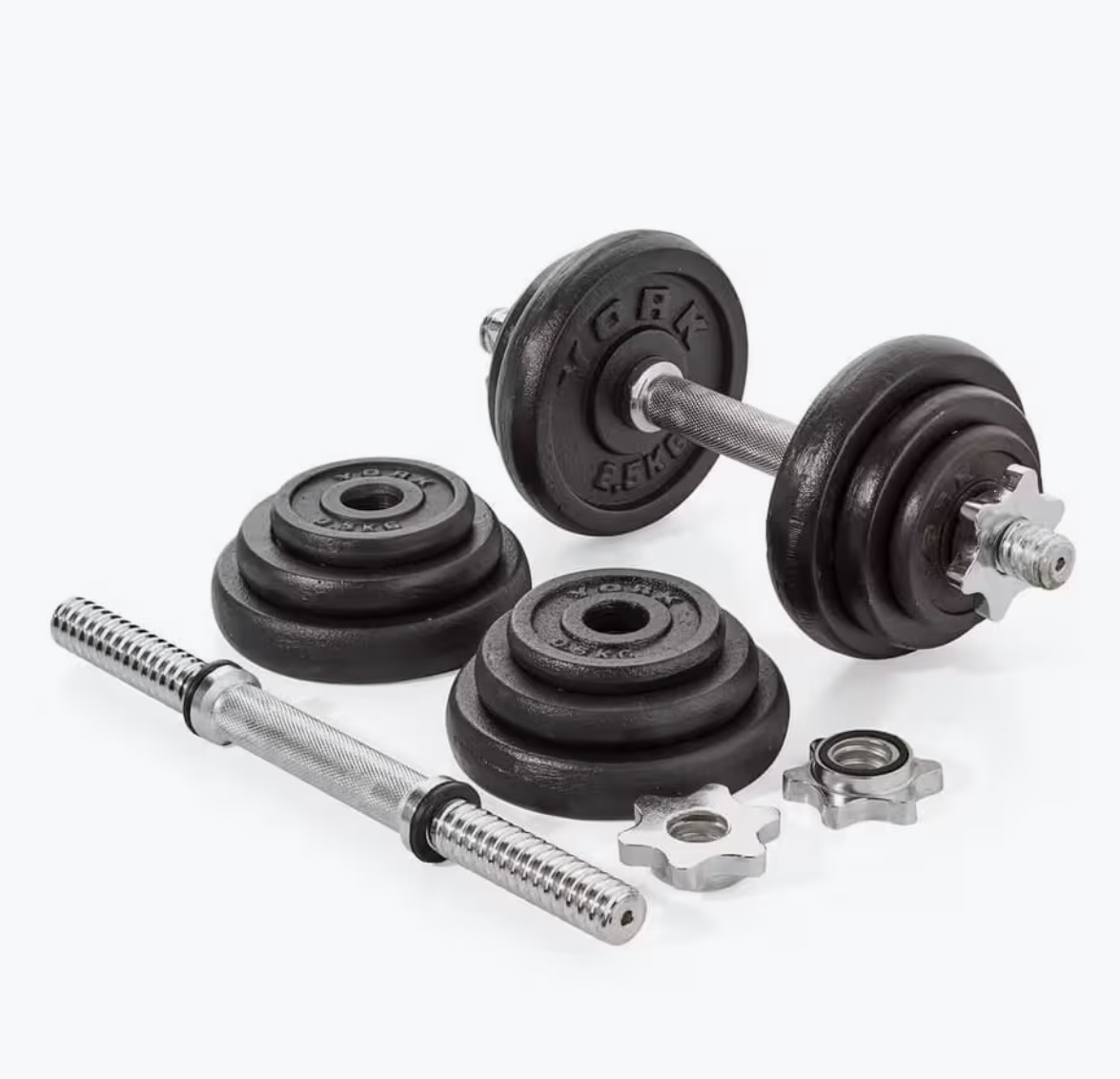
Adjustable dumbbells are space-saving and as the name suggests, customiseable to suit your preferred weight, making them perfect for doing a dumbell workout for beginners. This one from Decathlon goes up to 20kg.
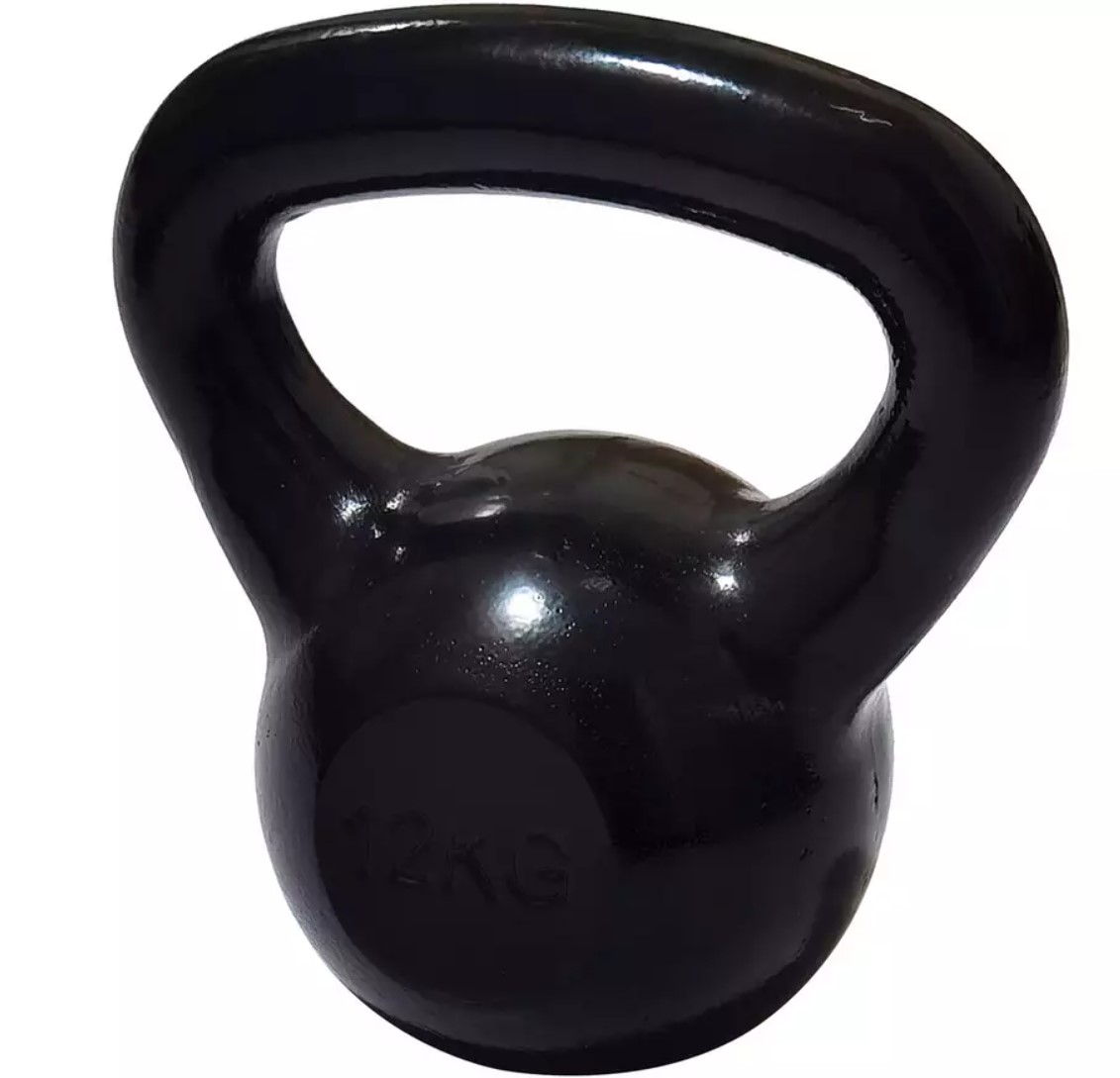
One of the best kettlebells can work just as well as a dumbbell when doing a squat. Much like a dumbbell, you hold the weight/s to your shoulder as you squat down. The heavy-bottomed design may offer more stability.
Why can't I do a squat?
There are a couple of reasons you may be struggling to do a squat correctly. According to Sacerdoti, these are a few of the most common:
- Poor ankle mobility: "Flexible ankles are key to achieving the proper squat form and can hinder knee tracking and throw you off balance. If your ankles aren’t flexible it can make it hard for your knees to track forward which is needed to get low and deep," she says.
- Core strength: "A strong core supports your upper body during squats and maintains an upright torso, ensuring proper form," she says.
- Hip and glute tightness: "Tight muscles can restrict movement and lead to discomfort." To help release them, try supporting movements like the clamshell exercise.
- Form: "Focus on foot placement, avoid arching the lower back, and keep a straight torso for a technically sound squat," she says. You might find a weighted vest workout to be a good place to start learning how to do a squat if you struggle with this, as a pick of the best weighted vests for women will flow in line with your body.
Benefits of a squat
- Build lower body strength: Squats target major muscle groups like glutes, hamstrings, quads, and calves – all essential for daily activities, says Sacerdoti. "These are also some of our biggest muscle groups, meaning added calorie burn," she adds.
- Improve your posture: Squats are a compound movement that can help you maintain and improve your posture as it targets the back, core, and shoulders, as well as the lower body.
- Better core stability: "A proper squat can engage your core (for added strength) and encourage back pain relief," she says.
- Improve bone density: "We lose bone density as we age," she says. "Weighted squats place stress on the bones that helps stimulate bone growth and reduce the risk of osteoporosis, which is particularly important for women's health and those going through hormonal changes."
- Maintain muscle: Alongside eating plenty of protein - perhaps with one of the best protein powders for women - regular squats and other exercises like walking lunges can help maintain lower-body muscle mass that naturally declines in perimenopause.
- Reduce the risk of injury in other sports: Squats are commonly found in weight training programs for walkers, hikers, runners and cyclists for good reason. They help strengthen important muscles - such as the glutes, hamstrings, and quadriceps - needed for these activities. It's why strength training is the best exercise for longevity too.

Grace Walsh is woman&home's Health Channel Editor, working across the areas of fitness, nutrition, sleep, mental health, relationships, and sex. She is also a qualified fitness instructor. In 2025, she will be taking on her third marathon in Brighton, completing her first ultra marathon, and qualifying as a certified personal trainer and nutrition coach.
A digital journalist with over seven years experience as a writer and editor for UK publications, Grace has covered (almost) everything in the world of health and wellbeing with bylines in Cosmopolitan, Red, The i Paper, GoodtoKnow, and more.
